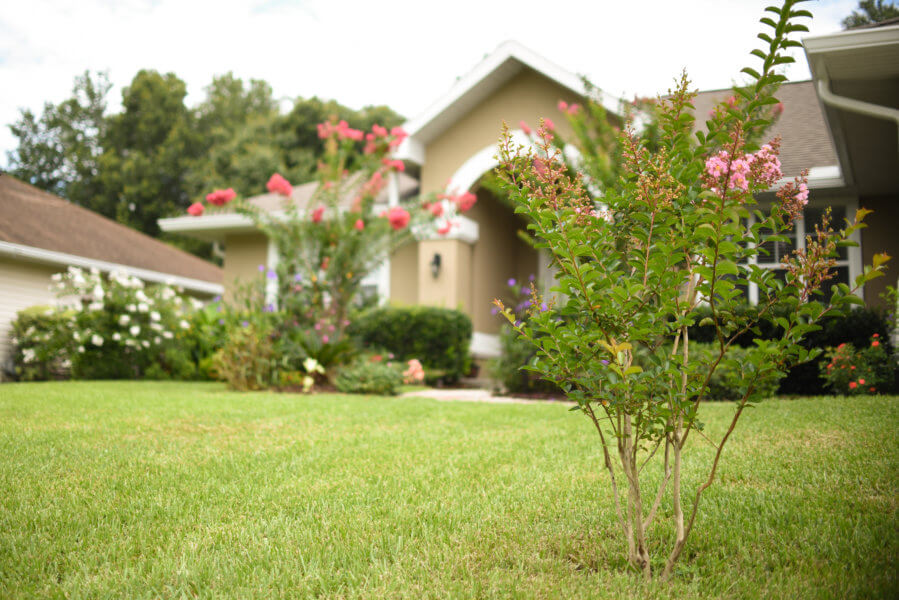
Tips for Caring for Your Florida Lawn in Fall
We are lucky here in Florida to have relatively warm, sunny weather throughout much of the year, but it does cool off a bit in the fall as we head towards winter. Because of this, you won’t need to winterize your lawn as extensively as those who live in parts of the country to the north. However, there are still some changes you’ll need to make to your lawn care regimen to keep your lawn healthy and robust.
Follow these quick and simple tips to help your Florida lawn and soil continue to thrive through the fall months and into winter.
Reduce Your Mowing Frequency
Because we don’t see drastic temperature changes here in Florida, it is unlikely that your lawn will go fully dormant. It will continue to grow in fall and winter, though at a slower rate than in spring and summer. This means you won’t need to mow your lawn as often to keep it at a healthy height. Be sure to refer to the recommendations for your specific grass variety with regards to mowing height. For most Florida grasses, mowing every other week should be sufficient. Take care, though, not to trim more than a third of your grass’s height at each mowing, as cutting more than this can overly stress your lawn, damaging its health.
Check Your Sprinkler Schedule
The summer months in Florida are known for their frequent rainfall, which helps significantly in keeping your lawn properly irrigated. By comparison, fall tends to be much drier, so you’ll need to use your sprinklers more often to keep enough moisture in the soil. Don’t forget to check for any watering restrictions in your area, as each jurisdiction sets its own rules for how often you can water, on which days, and how long each session can last.
Skip the Lawn Fertilizer
There is no need to fertilize your lawn in the fall, as you don’t want it to grow as quickly in colder weather. Young grass is much more susceptible to the cold, and long-term exposure can diminish its health, making it more difficult for your lawn to bounce back quickly in the spring when the weather warms back up again.
Rake Leaves Frequently
There is a long-standing myth of lawn care that says you should leave a layer of leaves on top of the grass to protect it from the cold, but this is not what you should actually do. In reality, leaves on top of your lawn block sunlight and oxygen from getting to the grass. This is far more damaging to your lawn than a bit of exposure to the cold, so keep the leaves cleared away as much as possible.
Aerate your Soil
Over time, the soil in your lawn can become compacted, making it more difficult for the roots to spread and absorb the moisture your lawn needs. Fall is the perfect time to aerate the soil, often accomplished by pulling up plugs of dirt to create more space for oxygen and water to reach the roots. You can do this yourself, or hire a local lawn care specialist to handle the work for you.
Overseed or Apply Fresh Sod
Fall is the perfect time of the year to boost any patchy areas of your lawn to restore full coverage. The thicker your grass is, the more resistant it will be to weeds, making less work for you. For areas that are just a bit sparse, adding grass seed on top of the grass will often be enough to restore it. If your lawn has significant bare patches, though, a better bet will be to install fresh sod in those areas. This will provide full coverage as quickly as possible, restoring the lush, healthy lawn you love.
Wide Range of Sod Varieties
For all your sod needs in Florida, you can count on Duda Sod. We are experts at what we do and can help you find the perfect sod to suit your needs and preferences. From St. Augustine to Zoysia to Bahia, we have a variety of sod types for sale, all of which are well-suited to the Florida climate.